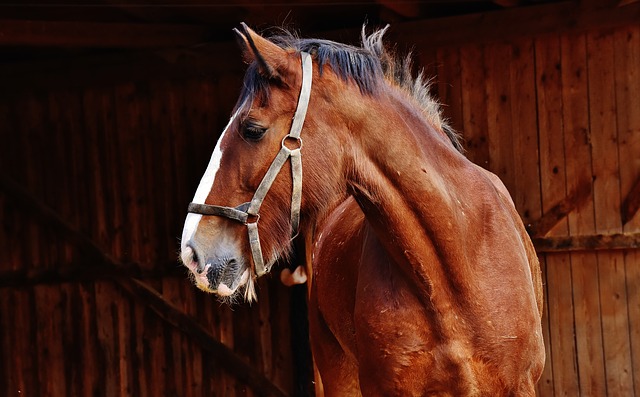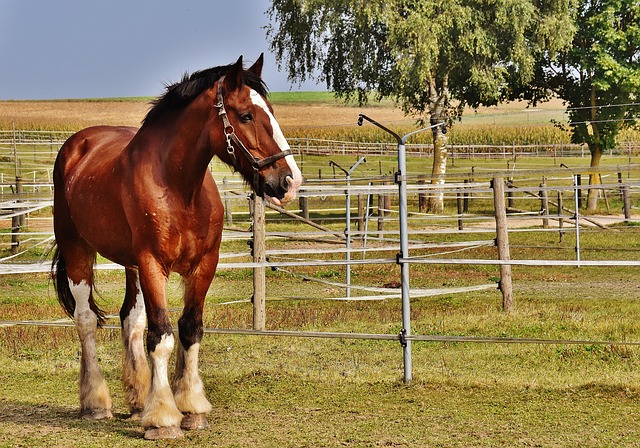England originated and developed two breeds of draft horses, the Shire and the Suffolk. Originally, the Shire horse was known by various names, such as the Great Horse, War Horse, Cart Horse, Old English Black Horse, Lincolnshire Cart Horse, etc.
Origin and Native Home
The Shire horse breed originated on the low, marshy lands of east-central England, particularly in Lincolnshire and Cambridgeshire; hence, the name “Shire.” This breed’s great size and bulk are derived directly from the Great Horse of the Middle Ages, of which Shires are held to be the nearest living reproductions.

As previously indicated, the Great Horse was, in turn, descended from the ponderous black Flemish horse, which existed in Great Britain long before the Christian era, more than two thousand years ago. In 1066, England was conquered by an army of Normans led by William the Conqueror.
This marked the beginning of improvement in the native draft stock of England. Importations of horses followed from France, Germany, and the lower countries. Centuries later, Robert Bakewell (1726 to 1795), known as the first great improver of livestock, contributed to the further improvement of the Shire and Leicester sheep and Longhorn cattle. Bakewell imported several mares from Holland that were mated to native stallions and selected and perpetuated the better offspring.
During Bakewell’s era, the Shire was being molded as a draft horse for agriculture and commerce, and the use of armor in warfare was abandoned. Thus, the development and improvement of the Shire breed antedate that of any of the other breeds of draft horses.
This fact largely explains the present-day uniformity and prepotency of the breed when crossed on common stock.
Shire Horse Characteristics
The Shire, as known today, is a much larger horse than his ancestor, the mounted warriors of old used. He is equaled in weight only by the Belgian. Shire stallions in fair condition weighing 2,000 pounds or over are comparatively common. In height, representatives of this breed stand from 16 to 17-2 hands.
They are less compact or rangier than the Belgian and taller than any other draft breed. The breed has been faulted for its heavy bone and feather, lack of quality and refinement, shelly-textured hoof, sluggish temperament, and excessive white markings. Still, breeders have shown marked progress in overcoming these objections in recent years.
The common colors are bay, brown, and black with white markings, although grays, chestnuts, and roans are occasionally seen.





